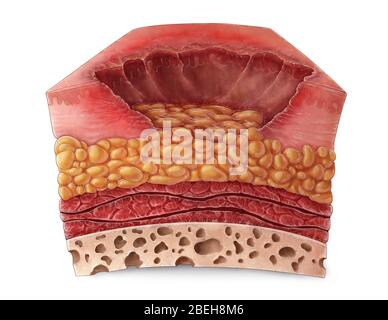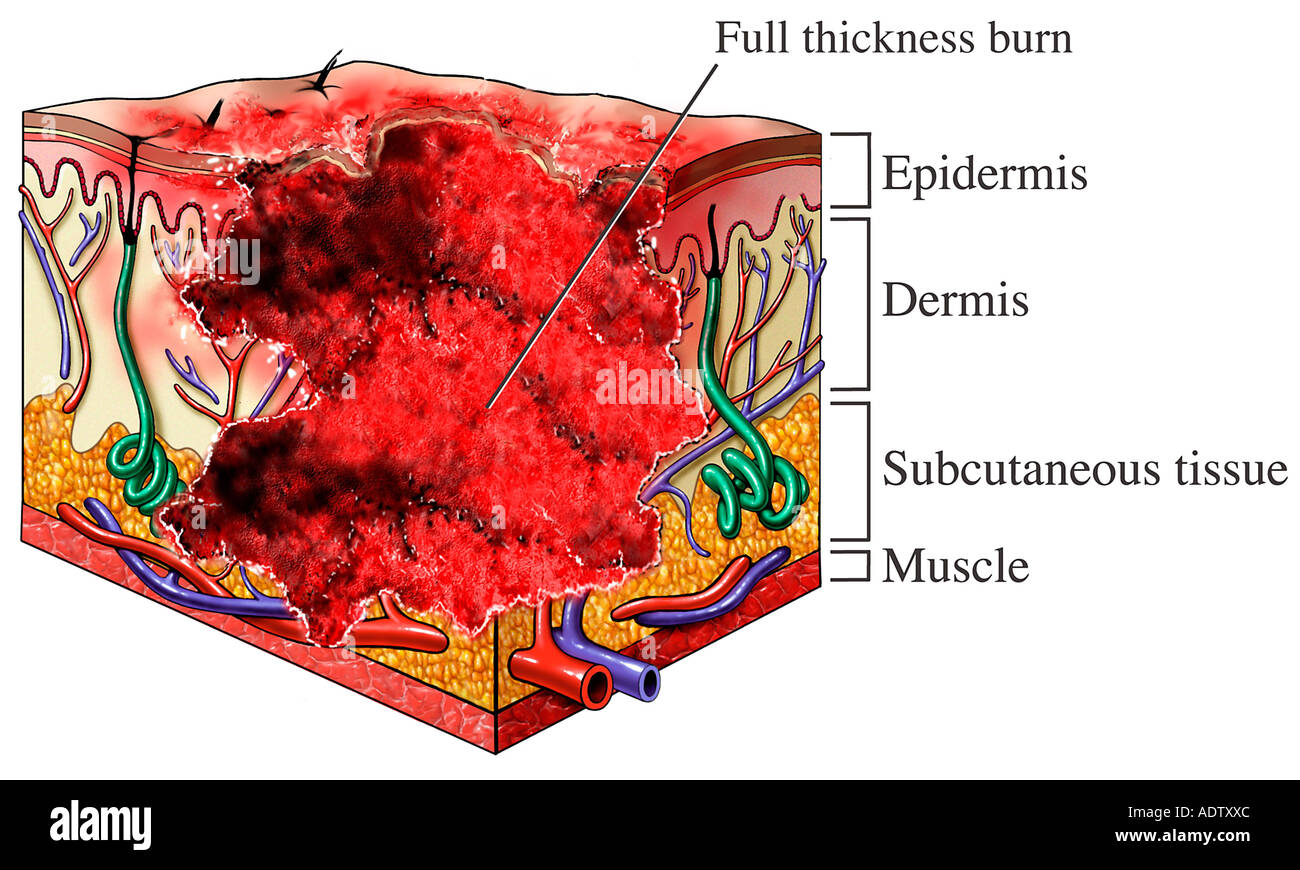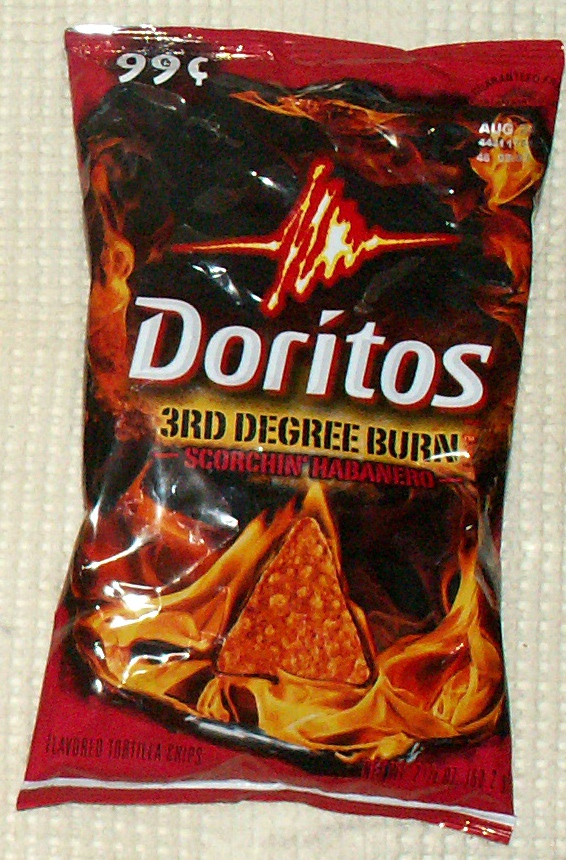
Research shows that this can help to reduce the appearance of existing scars, including reducing the size, stiffness, and redness. Once a scar has already formed, a person can reduce the appearance of the scar by: However, keloid scars often do not fade by themselves and may require treatment.

Quick treatment and proper wound care is often the best way to prevent or minimize the appearance of scars. Share on Pinterest Silicone gel can be applied to a burn scar to promote healing. Keloid scars form a shiny, hairless bump.
3rd degree burn face skin#

Third-degree burns are the most severe.These burns may take 2 to 3 weeks to heal and are more likely to scar. As well as pain and redness, people with second-degree burns may experience blisters. Second-degree burns affect both the epidermis and the layer under the skin (the dermis).They usually heal within 6 days without scarring the skin. First-degree burns damage the outer layer of the skin (the epidermis) and cause redness and pain.The likelihood and severity of getting a burn depend on how long a person is exposed to the heat as well as its intensity.īurns are classified depending on how much of the skin they affect:

Share on Pinterest Blisters may form in second-degree burns.


 0 kommentar(er)
0 kommentar(er)
